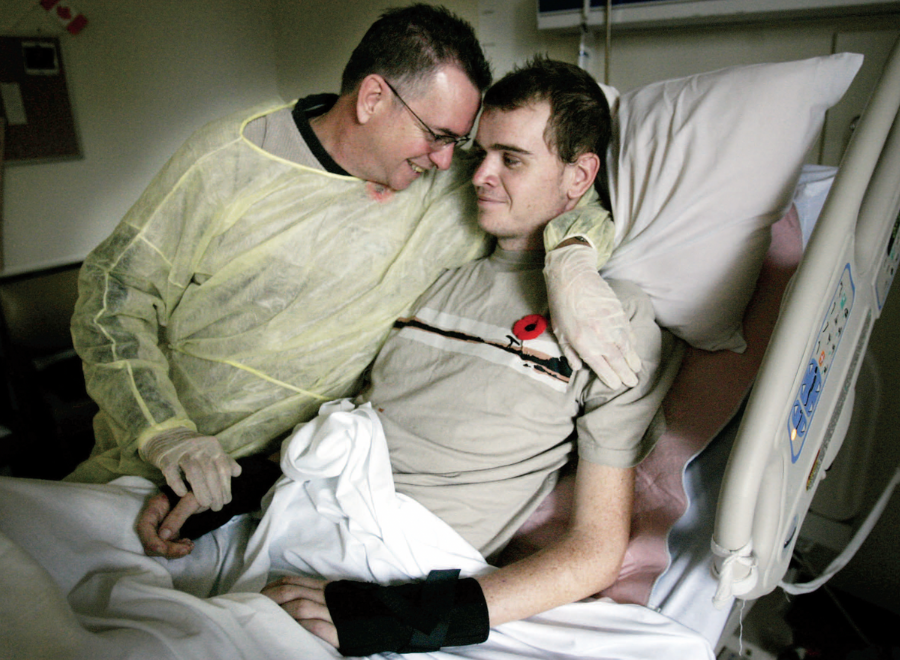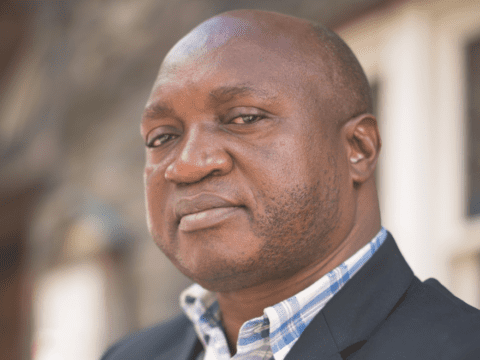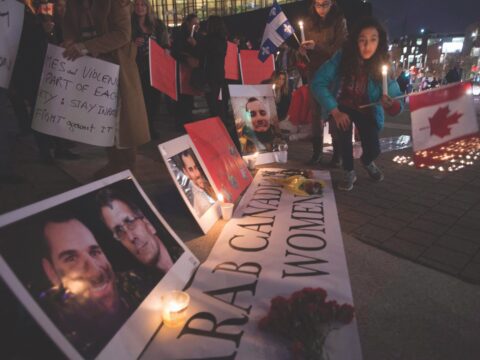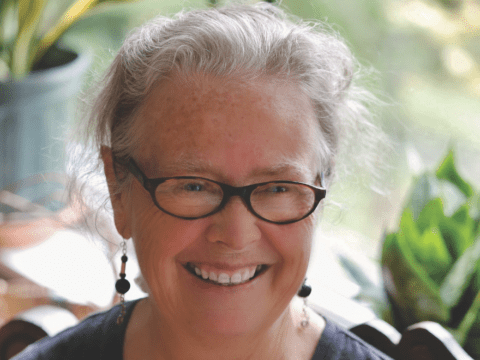Late in the afternoon of Sept. 18, 2006, Sean McTeague was at work in the Ontario Provincial Police detachment in Orillia, Ont., when he heard CNN announce that four Canadians had been killed in Afghanistan with others wounded. “I felt a sense of uncertainty,” he admits. His 20-year-old son, Mike, had been deployed to Afghanistan barely a month earlier, joining other Canadian troops in the volatile Kandahar region.
An hour later, McTeague headed home, where he and his wife were expecting company for dinner. As they were setting the table, Allison looked out the window and asked, “Why are two military guys walking up to our front door?” Sean’s reaction, he says, was “numbness, a feeling of falling. You know bad news is coming.”
War has changed in many ways. it is still, as 19th-century military theory Carl von Clausewitz famously labelled it, “a continuation of politics by other means.” but it is seldom now a violent contest between states or even armies. These days, in both Iraq and Afghanistan, insurgents inflict harm through roadside bombs and suicide bombers. What has not changed is the power of war to destroy people’s lives and haunt whole societies for decades after.
In the seven years since committing to the war in Afghanistan, Canada has suffered more than 130 soldier deaths and as many as 500 wounded. As the fighting grinds on, we watch the ramp ceremonies and learn the names of the dead. We know less about the seriously wounded, yet they will be with us for a long time. In 2021, a decade after the Canadian mission is slated to end, “we will still be dealing with Afghanistan issues,” promises Capt. Wayne Johnston, Canadian Forces repatriation officer in the casualty management branch in Toronto. In other words, much of the physical, mental and psychological damage suffered by young soldiers will be with them — and their families and society — for the rest of their lives. The question is: will the support they need be there too?
The padre and colonel who arrived at Sean McTeague’s house told him that Mike had indeed been hit but had survived. They had no word, though, on the severity of his injuries. McTeague got on the phone, finally getting patched through to the hospital in Kandahar, but still couldn’t get details.
Two days later, in the company of Canadian Forces Baptist chaplain Rev. Phil Ralph, McTeague arrived at the American-run military hospital in Landstuhl, Germany, which handles all U.S. casualties from Iraq, as well as Canadian and American soldiers injured in Afghanistan. Sean McTeague says he will never forget entering the intensive care unit “that was half the length of a football field, filled with all these young people.” He located his son, covered in bandages, heavily medicated but conscious. The bomb, carried by a man pushing a bicycle, had exploded three metres from Mike, killing four of his mates and wounding 16. Mike’s legs were riddled with metal, his stomach was hit with shrapnel, and a ball bearing entered his neck close to the spinal cord.
Speaking about it now, Mike remembers waking up while still on the ground and being aware of the pressure of tourniquets around his legs. Then he was on the operating table in Kandahar, after which “the lights went out until I woke up in Germany.”
About a quarter of the injuries sustained by our soldiers are truly life changing; the person will never return to what he or she was before. Yet modern medicine has gone a great distance to ensure injured soldiers will not remain forever in hospitals, as was the case for too many after the conflicts of the last century.
Since the beginning of Canada’s military involvement in Afghanistan, the Canadian Forces have streamlined their system for assessing the long-term needs of seriously injured soldiers by processing them through what’s called a JPSU (Joint Personnel Support Unit). The journey of a wounded soldier through this process can take about three years until final medical categorization is determined, after which retraining or long-term pensions kick in. The military hopes this one-stop system will serve wounded soldiers more effectively than the long-term hospitalizations of the past.
Whether it is an enduring solution will only be apparent with time; the needs of a wounded soldier can change dramatically over months and years.
Someone who understands soldiers’ needs only too well is Rev. Beverly Kean-Newhook, an Anglican chaplain at the JPSU Edmonton Garrison. “I’m the one they see during the hand-over, a couple of months into this,” she says. Kean-Newhook believes soldiers to be“a pretty resilient lot, prepared for the ‘What happens if?’” But this doesn’t eliminate the shock when something actually does happen.
There is much to celebrate about those who do well in their recovery, one of whom is Mike McTeague. A mere 13 months after sustaining his catastrophic injuries, time that included convalescence at two Toronto hospitals, he was fully recovered and back at work. Wayne Johnston credits both modern field medicine and rehabilitation techniques. McTeague’s return to health and duty “wouldn’t have happened in the Second World War; he’d still be in Sunnybrook,” he says, referring to the Toronto hospital built in 1943 for wounded veterans. “Or worse — he’d not have left the scene of the attack.”
Beyond the physical injuries, however, are those harms that Johnston calls “non-visible,” the psychological damage known as post-traumatic stress disorder (PTSD). Thanks in no small part to attention drawn to PTSD by Lt.-Gen. Roméo Dallaire after his own experience in Rwanda, treatment and understanding of the condition— both in the public and the military — have come a long way. Rev. Paul Southen, a United Church chaplain based in Kingston, Ont., reminds me how “back in the First World War, people we now know suffered PTSD were labelled ‘lacking moral fibre.’” Today the Canadian Forces has a screening system to detect and support those with PTSD. It provides a five-day decompression when a soldier first returns, followed by four to six months of “enhanced post-deployment,” after which the soldier is assessed again. Yet, says Southen, who has been to Afghanistan twice, there is a need to remain alert for far longer. “You can be at risk for PTSD to manifest itself over many years.”
The saddest cases are those Wayne Johnston believes have fallen through the cracks, soldiers traumatized by the effects of stress long after being decommissioned from the Forces. “They don’t get official support because they don’t fill out the papers,” Johnston says. Family members, unable to cope with the soldier’s PTSD symptoms, eventually pull away. A chilling number of PTSD sufferers, Johnston believes, end up on the streets. A charity he and Sean McTeague set up called WoundedWarriors.ca has undertaken an initiative to seek out such cases. A van donated by the Canadian Auto Workers started in November to prowl downtown Montreal looking to offer help. And in January, MP Rev. Rob Oliphant, a United Church minister and the Liberal caucus veterans’ affairs critic, took up the soldiers’ cause, scheduling a one-day forum on PTSD, occupational stress injury, suicide, homelessness and controversy over disability benefits.
It goes without saying that Sean McTeague is grateful Mike survived, recovered and is back at work. But he is equally thankful for the resources available to his son. “That we got through can best be described as faith at work,” he says, “and the power of the support of all those people both inside and outside the military, in Germany and back home.”
***
This story first appeared in The United Church Observer’s February 2010 issue with the title “Fighting a new battle.”















